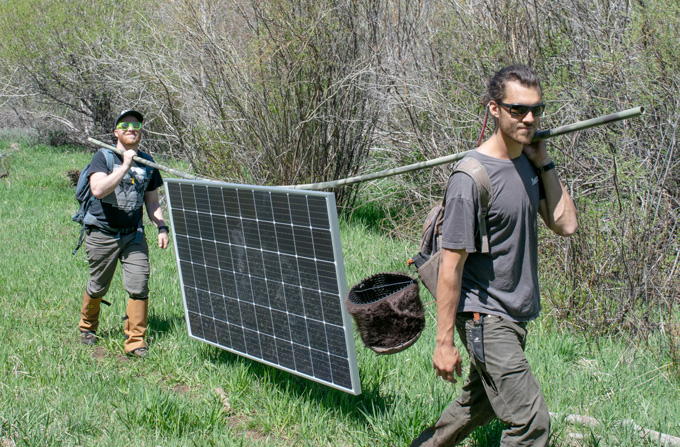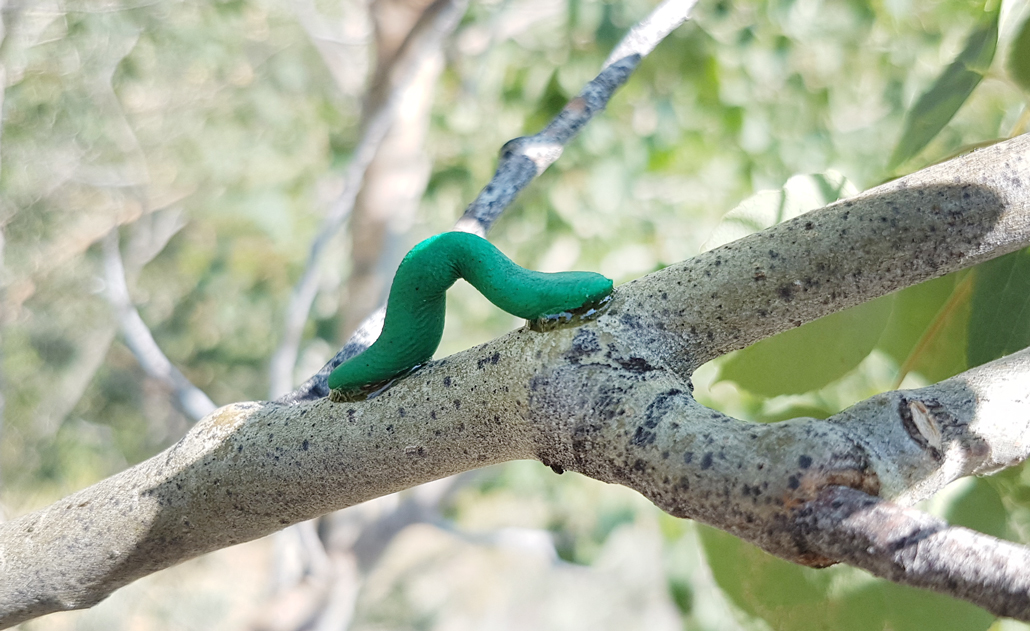For two summers in a rugged corner of Idaho’s Pioneer Mountains, the roar of rushing white water filled the air. But where the loud sounds prevailed, only gentle streams flowed by.
These phantom rivers were part of an experiment led by ecologist Dylan Gomes of Boise State University. He and colleagues were testing a hypothesis that the sounds of nature influence where animals lived and how they forage.
“There’s a lot of research suggesting that [human] noise negatively affects [animals], from communication to foraging to reproduction, and even survival,” Gomes says. For example, the sounds of highway traffic can drive migrating birds away from their regular rest stops (SN: 2/9/15).
But the natural soundscape is “one component of the niche that we’ve been ignoring,” says Gail Patricelli, an ecologist at the University of California, Davis who was not involved in the study. The phantom rivers experiment suggests we shouldn’t, she says.
Gomes and his team hauled about 3.5 metric tons of speakers, solar panels and other equipment into the countryside. Though they carried most of this gear on their backs, the researchers had to call on a mule train when an access road flooded during the first summer. At 60 study sites near streams, the researchers broadcast white water noise at different volumes and frequencies, or pitches, creating the auditory illusion of rushing rivers.
 Ecologist Dylan Gomes (right) and a colleague carry solar panels and other gear through the Pioneer Mountains in Idaho for an experiment gauging how natural sounds affect animal behavior.Cory Toth
Ecologist Dylan Gomes (right) and a colleague carry solar panels and other gear through the Pioneer Mountains in Idaho for an experiment gauging how natural sounds affect animal behavior.Cory Toth
As the phantom rivers played, the researchers surveyed two prevalent, sound-dependent animal groups — birds and bats. Bats echolocate and listen for their prey, and birds communicate through song, Gomes explains. “They’re such sound specialists that it makes sense to focus on them.”
For each 12 decibel increase in whitewater noise volume, bird abundance decreased by about 7 percent and bat activity decreased by about 8 percent, the researchers report May 24 in Nature Communications. Birds were especially deterred by white water noise pitches that overlapped with birdsong. And for each 2-kilohertz increase in pitch, the overall activity of bats decreased by about 20 percent.
Amid all the noise, Gomes and his team deployed 720 fake caterpillars made of clay among willow trees often visited by birds. Overall, birds foraged less as noise volume increased, the team found, even though the creatures rely on vision to forage. The birds may find the noise distracting, similar to how a human would struggle to solve a crossword puzzle at a rock concert, Gomes says.
 As the phantom river became louder, birds foraged less for decoy caterpillars (one shown) that researchers scattered in trees throughout the Idaho countryside.Cory Toth
As the phantom river became louder, birds foraged less for decoy caterpillars (one shown) that researchers scattered in trees throughout the Idaho countryside.Cory Toth
The researchers similarly tested the impact of white water noise on bat foraging. They set up small speakers that played insect sounds to attract passive-listening, or “gleaning” bats. Fluttering mechanical devices that mimicked flapping insect wings attracted active echolocating, or “hawking,” bats. In bat species that could both glean and hawk, gleaning behavior decreased and hawking increased when the researchers increased whitewater noise volume.
If changes in natural noises can so readily influence where animals live and how they forage, Gomes says, then it’s even more crucial to manage and mitigate the rapidly encroaching noises of people (SN: 5/4/17).

